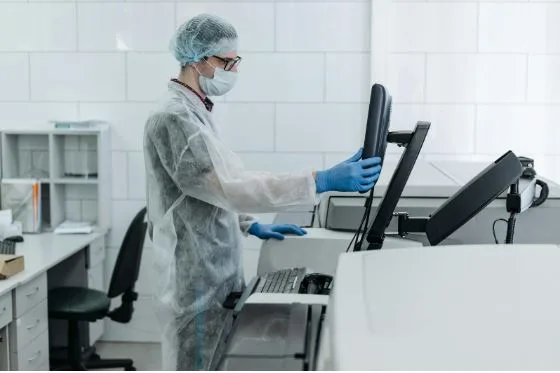Assay Miniaturization: Boosting Throughput and Cutting Costs in Laboratory Research
Walk into a modern lab and you’ll notice something right away. The equipment looks smaller, sleeker, and a lot more efficient than it used to. Researchers are getting more done in less time, using less space, and wasting fewer resources. That’s not luck or coincidence. It’s the power of scaling down.
The move toward miniaturization has quietly changed how labs operate. It’s not only about fitting more tests on a smaller plate. It’s about doing science faster, cheaper, and with sharper accuracy. Smaller volumes mean smaller errors. And in research, that can make the difference between a breakthrough and a dead end.
Why Smaller Means Smarter
Miniaturization lets scientists shrink reactions down to tiny volumes without losing data quality. In fact, they often gain better precision. When each droplet holds valuable material, you learn to handle it carefully. Automation tools make that control possible. Every pipette and microfluidic chip works to ensure consistency, test after test.
The shift didn’t happen overnight. It grew out of a need for efficiency. Traditional assays use large sample volumes and expensive reagents. That worked decades ago when throughput wasn’t a concern. Now labs face tight budgets and heavy workloads. Smaller setups help stretch every dollar and every hour.
The Real Value: Speed and Scale
Speed is the first thing that grabs attention. When you can run hundreds of reactions at once, data starts flowing fast. Miniaturized assays make that possible. Imagine running an entire week’s worth of tests before lunch. That’s not just faster science. It’s better science.
High-throughput systems can test more variables at once. That means fewer gaps and more reliable results. You don’t have to wonder what would happen “if only” you’d tried another condition. You can test it all, right there on the same platform. The result is a fuller picture and faster decisions.
Saving Costs Without Cutting Corners
Let’s talk money. Reagents are pricey. Every microliter counts. Miniaturization helps labs reduce consumption without hurting quality. Smaller reaction volumes translate into real savings, and over time, that adds up.
It’s not only about chemicals and kits. Energy use drops too. Smaller reactions need less heat and fewer cycles. Even waste disposal costs go down. Many labs see double-digit savings after switching to miniaturized workflows. For startups or university labs, that’s a serious boost. It allows more focus on the science, less on the budget sheet.
A Cleaner, Greener Approach
Sustainability is no longer a side note in research. It’s part of the mission. Miniaturized systems naturally cut waste and reduce the lab’s environmental footprint. Less plastic, fewer reagents, and smaller consumables all contribute to greener operations.
Many labs now combine miniaturization with automated liquid handling. That pairing takes precision to another level. Automation ensures consistency, while reduced volume keeps resource use in check. Together, they create a cleaner, smarter workflow.
Challenges Along the Way
Nothing evolves without a few bumps. Miniaturization brings its own learning curve. Some researchers worry about evaporation or cross-contamination. Others need time to adapt to new equipment and software.
But those concerns are fading fast. Technology keeps improving. Today’s instruments are built to handle the tiniest samples with incredible control. Sensors track every movement. Systems adjust automatically. The more the tools advance, the less room there is for error.
Beyond the Lab Bench
The impact goes far beyond the lab walls. Miniaturization opens doors for diagnostics, drug discovery, and even personalized medicine. Small, precise assays fit perfectly into portable or point-of-care testing devices. That means faster results for patients and faster feedback for clinicians.
Biotech companies are jumping on board too. Startups use miniaturized workflows to screen compounds quickly. Large pharmaceutical firms use them to streamline entire R&D pipelines. The same principle—doing more with less—applies at every scale.
A Glimpse Into What’s Next
The future of lab work is undeniably small. Miniaturization will keep shaping how scientists design experiments and interpret data. As tools grow more advanced, the line between manual and automated work will blur even more.
Soon, we might see entire research platforms the size of a tablet. Each one capable of running thousands of tests with near-zero waste. It’s not science fiction anymore. It’s where science is heading.
The Takeaway
Miniaturization isn’t just a technical upgrade. It’s a mindset shift. Labs that adopt it move faster, spend less, and tread lighter on the planet. It’s proof that shrinking scale can lead to bigger impact.
From academic research to industrial innovation, small volumes are delivering large results. The trend will only accelerate as more labs embrace it. Efficiency, precision, and sustainability—all packed into one compact revolution.





